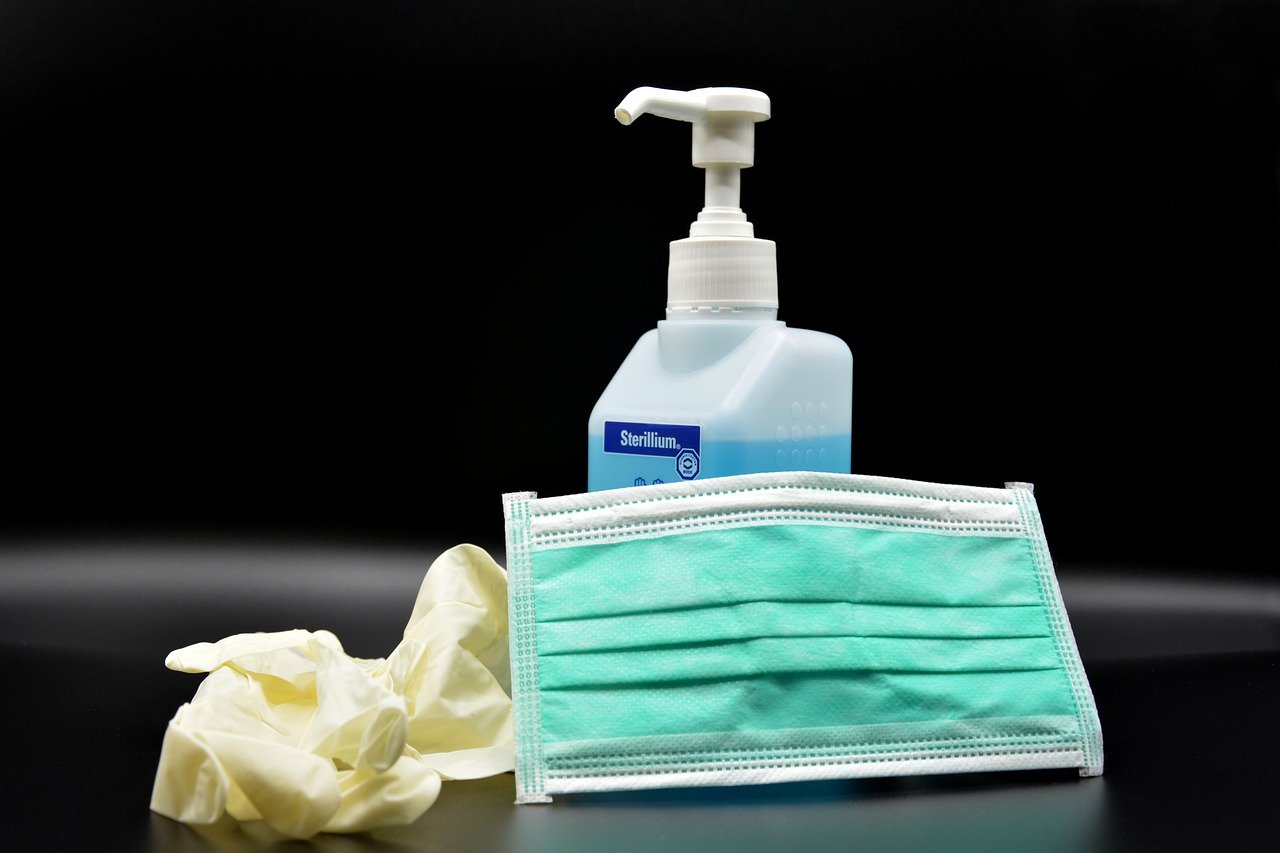On Sunday 10th May 2020, UK Prime Minister Boris Johnson gave an address to the nation, within which he said:
As a result, many employers have been busy preparing and implementing for employees to return from furlough leave so that operations can be resumed. But what happens if employees have concerns about their safety returning to work?
The law provides employees with fairly substantial protection in this matter; Section 44 of the Employment Rights Act (1996) sets out that employees have the right to stay away from work because of a reasonable belief that there is serious and imminent danger at work, and to not suffer any detriment (such as being dismissed or deductions from wages) for doing so. Employees should also be able to contest the adequacy or suitability of safety arrangements without fear of recrimination, as raising a health and safety concern that affects others is considered a “protected act” under whistleblowing legislation.
Here at View HR, we believe that careful management is key to reducing the likelihood of employees raising concerns. We encourage employers to consider the following:
1.Reassure the employee about the measures you have put in place.
Anxious employees may need an opportunity to ask questions about the health and safety measures you have put in place to feel reassured. Provide relevant health and safety procedures and measures where appropriate, and conduct appropriate return to works (keep written records).
2. Understand individual circumstances.
Just because it is appropriate for the majority of employees to return to work, it may not be right for everybody, and employers are encouraged to understand individual circumstances that may be relevant. Extremely vulnerable people who have had a letter from their GP are still strongly advised to stay at home, and these employees (and anyone who needs to stay home with them) can still be furloughed. Many other people will be in the vulnerable group, but not classified as extremely vulnerable. According to ACAS: “Employers must be especially careful and take extra steps for anyone in their workforce who is in a vulnerable group.”
3. Ensure consistency of implementation.
Consistent implementation can reduce physical risk, but also help to reassure employees that health and safety measures are being taken seriously. Many employers are asking employees to sign their updated health and safety rules, and reminding them of the potential disciplinary consequences of breaching these. Managers should feel confident addressing any incidents in a clear, firm and fair manner.
We equally appreciate that there will be the odd employee who wants to take advantage of the situation and use it as an excuse not to return to work, and remain on furlough. As an employer, you don’t have to accept this but careful steps need to be taken fairly to assess the situation and take appropriate action. We will be blogging soon around our concerns of whistleblowing both in respect of health and safety amidst Covid-19 and any employer’s abuse of furlough.
If you have an employee who is concerned about returning to work, and you would like discuss how best to support them in greater detail, please contact a member of the View HR team.

